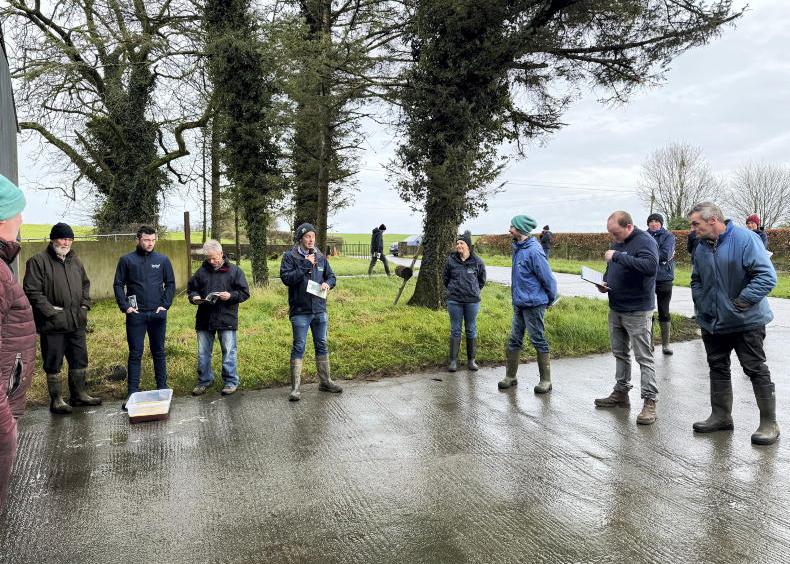Teagasc has highlighted 12 steps that dairy farmers can take to reduce gaseous emissions on their farms, as part of its Signpost programme.
They cover everything from lime to slurry spreading to management techniques.
Take a look through these suggestions and see what you can do on your farm to reduce emissions.
1. Protected urea
Farmers are advised to apply protected urea instead of straight urea or CAN.
2. Lime
Soil testing is critically important, as farmers can then identify fields that have a low soil pH. Maintaining correct soil pH increases the availability of nutrients.
3. Building and maintaining soil fertility
To increase soil fertility, use of phosphorus (P) and potassium (K) fertilisers such as 18:6:12 is recommended. A target of index 3 should be achieved and maintained for P and K. Farmers should also make the most use of their slurry by applying it where it is needed most and in the right conditions.
4. Using LESS
Applying slurry in the spring or early summer should be done using 100% low emission slurry spreading (LESS) technology. Over the next few years, all livestock farmers will be required to move to LESS equipment.
5. Reduce chemical N use by 10kg/ha
To achieve this, it is recommended farmers apply lime, incorporate clover and make best use of slurry and farmyard manure.
6. Improved grassland management
To ensure better grassland management, farmers should do a weekly farm walk, measure grass and try to extend the grazing season.
7. Improve animal health
A herd health plan should be put in place to ensure optimal herd health, as it outlines the management procedures needed to maintain a healthy and productive herd.
8. Improve dairy herd quality
The use of high-EBI bulls, as well as an increase in herd EBI by greater than €10/year, is recommended. Farmers can use sexed semen to accelerate genetic gain in the herd.
9. Increase milk solids per cow
Farmers can milk record, cull underperforming cows and aim for a 305-day lactation to achieve this.
10. Reduce age at first calving
Farmers should aim to calve heifers at 22 to 26 months and aim for a 20% replacement rate.
11. Finish cattle earlier
Using the dairy beef index (DBI) can help farmers produce earlier-finishing cattle.
12. Incorporating clover into swards
Teagasc says that if farmers incorporate 5kg/ha or 2kg/ac of clover, this will replace 100kg/ha or 80kg/ac of chemical N/year.










SHARING OPTIONS